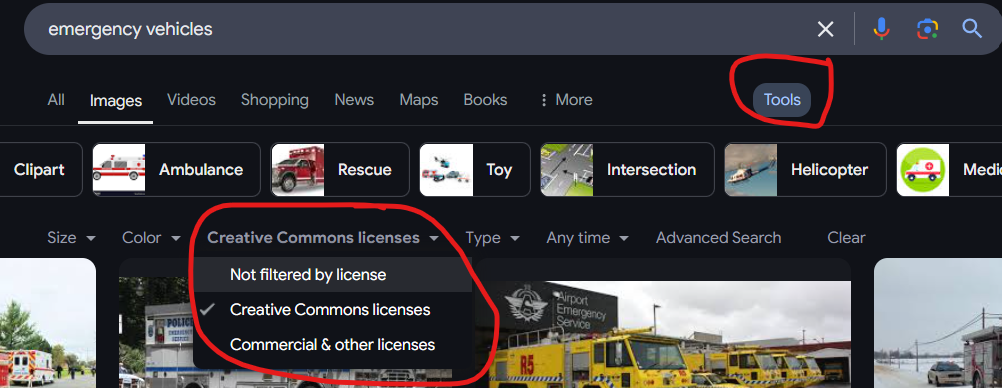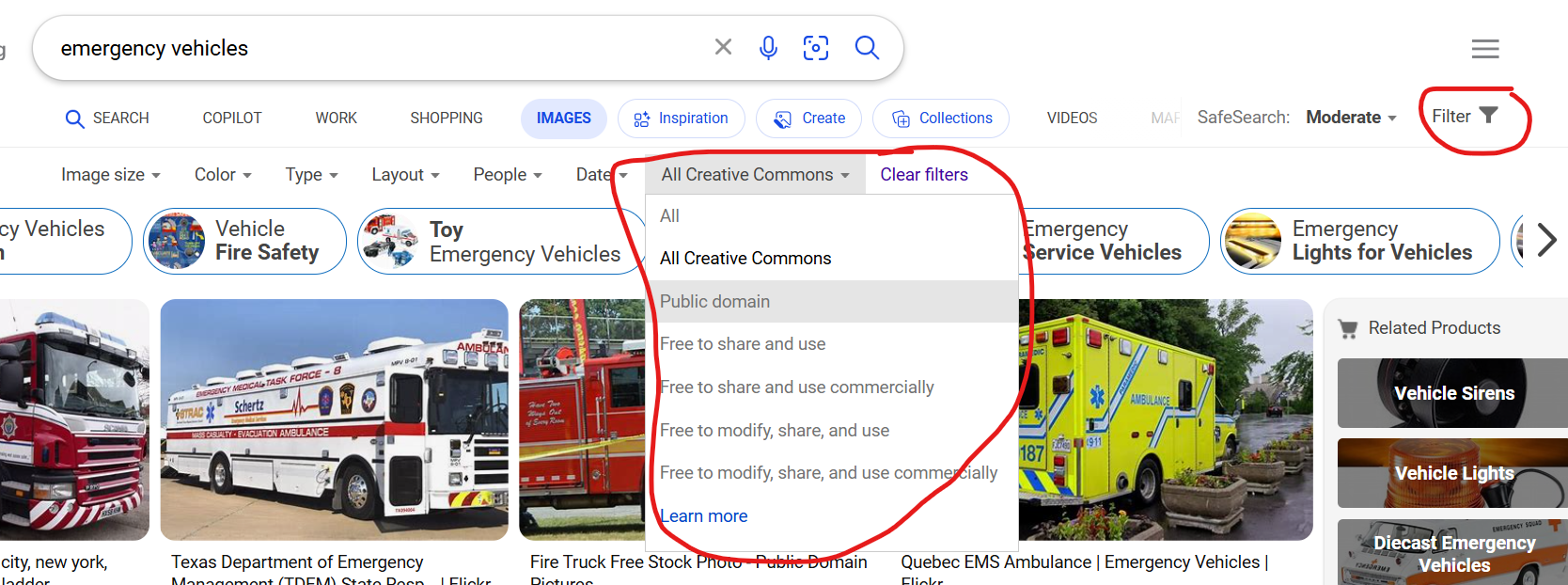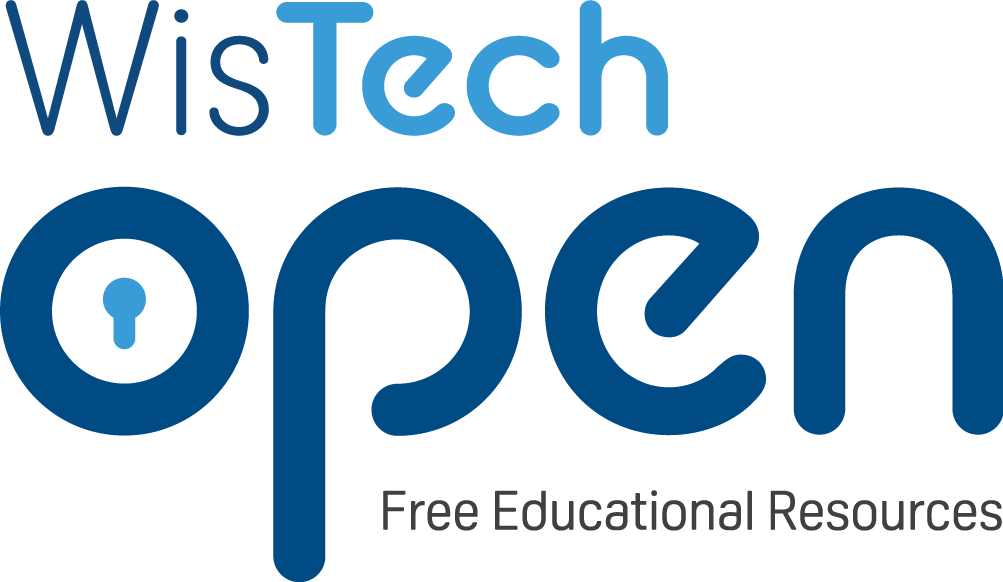Finding Content
Introduction
Writing an open textbook begins with one crucial step: finding quality content. Unlike traditional publishing, Open Educational Resource (OER) creation emphasizes the reuse, remixing, and redistribution of existing openly licensed materials. This chapter guides you through the process of discovering, evaluating, and curating both textual and media-based content—including images, videos, and audio—that together form the foundation of an engaging, accessible, and legally sound open textbook.
Understanding Open Licensing and Content Use
Before diving into discovery, it’s essential to understand what qualifies as “open.” OER materials must allow the 5Rs of Open:
- Retain – Make and own copies
- Reuse – Use content in various ways (e.g., in class, online)
- Revise – Adapt, modify, or improve the content
- Remix – Combine it with other content
- Redistribute – Share copies with others
The most common open licenses come from Creative Commons (CC). Look especially for:
- CC BY – Attribution required (most flexible)
- CC BY-SA – Attribution + ShareAlike
- CC0 – Public domain (no attribution required, although we still include it for consistency)
Avoid materials labeled ND (No Derivatives) or NC (Non-Commercial) unless your intended use aligns with those restrictions.
Locating Textual OER Content
These platforms provide peer-reviewed, subject-aligned resources ideal for textbook development:
General Repositories
- WisTech Open / Open RN – https://www.wistechopen.org/
- LibreTexts – https://libretexts.org
- OER Commons – https://www.oercommons.org
- MERLOT – https://www.merlot.org
- OpenStax – https://openstax.org
- BCcampus OpenEd – https://open.bccampus.ca
Other Sources
- Google Advanced Search – Use “usage rights” filters for Creative Commons materials
- YouTube – Filter by Creative Commons license
- Flickr / Wikimedia Commons – Ideal for diagrams and historical illustrations
Public and institutional sources such as state education departments, library guides, and TAACCCT-funded materials also offer content, often with public domain or CC licensing.
Open access journals and books can supplement OER development when used for citation or background:
- Directory of Open Access Journals (DOAJ)
- ERIC, PubMed Central, OAPEN, SpringerOpen, InTechOpen
Finding Open Media: Images, Videos, and Audio
Multimedia enhances the visual and auditory engagement of your OER and supports diverse learning styles.
Browser Tools
A quick way to narrow your image search to CC or Open materials is by using the built in tools in your browser. See Figure 1 for how to do this in Google, Figure 2 for how to perform the same search in Edge.


Image Sources
- Pixabay, Unsplash, Pexels
- Wikimedia Commons
- Flickr (requires a login, filter by license)
- Public Domain Image Archive
- OpenVerse (mix of free and some stock)
- Contains a listing of its sources
- Department of Defense: Defense Visual Information Distribution Service (DVIDS)
- Images from DoD must include in caption and attribution the following: The appearance of U.S. Department of Defense (DoD) visual information does not imply or constitute DoD endorsement.
- All other images should have TASL attribution, even if CCO. Your librarian or editor will double check these. See the Image & Video Attribution chapter for more information.
- There are many other reputable free sites. Connect with your librarian if you need additional suggestions.
Be aware that all of these sites may also contain stock images, which you want to avoid using.
Images sites you should avoid:
-
- Shutterstock (and similar) – requires paid licensing and usage would be limited to your text only
- Freepik – not free. Requires a paid subscription.
- Getty – requires paid licensing and usage would be limited to your text only
- Noun Project – has a very complex reuse policy, even for images that are in the Public Domain.
- Picryl – Aggregator of other free site images. It charges for high resolution version of Public Domain imagery.
- commercial or product display images from Amazon, eBay, Google, etc.
Video Sources
- YouTube (filter by Creative Commons)
- Vimeo
- TED-Ed, Khan Academy (link out only)
- Internet Archive
- Please note that all videos can be linked out to. Only those with open licensing or creator permissions can be embedded. TED-Ed and TED-Talk videos should not be embedded due to licensing restrictions noted on the TED website.
Audio Sources
- Free Music Archive, Incompetech, Bensound (CC)
- YouTube Audio Library, SoundBible, ccMixter
Ensure media is accessible (e.g., alt-text, captions) and always verify license types.
Networking and Crowdsourcing Content
Connect with those already in the OER space:
- Librarians (content discovery experts)
- WTCS Colleagues
- Open Education Global, Creative Commons platforms
Evaluating Content for Fit and Quality
- Evaluate content using these criteria:
- Accuracy and currency
- Alignment with course outcome summary (COS)
- Accessibility (is it, or can it be accessible?)
- Cultural relevance and inclusiveness
If you prefer, you can use a rubric to evaluate content, such as the Achieve OER Rubric for a structured assessment.
Conclusion
Creating a meaningful OER textbook starts by gathering thoughtfully chosen, openly licensed content—from texts and articles to images and audio. The process blends legal literacy with creativity and community connection. As you curate resources, ensure each piece contributes to an inclusive, engaging, and accessible learning experience.

